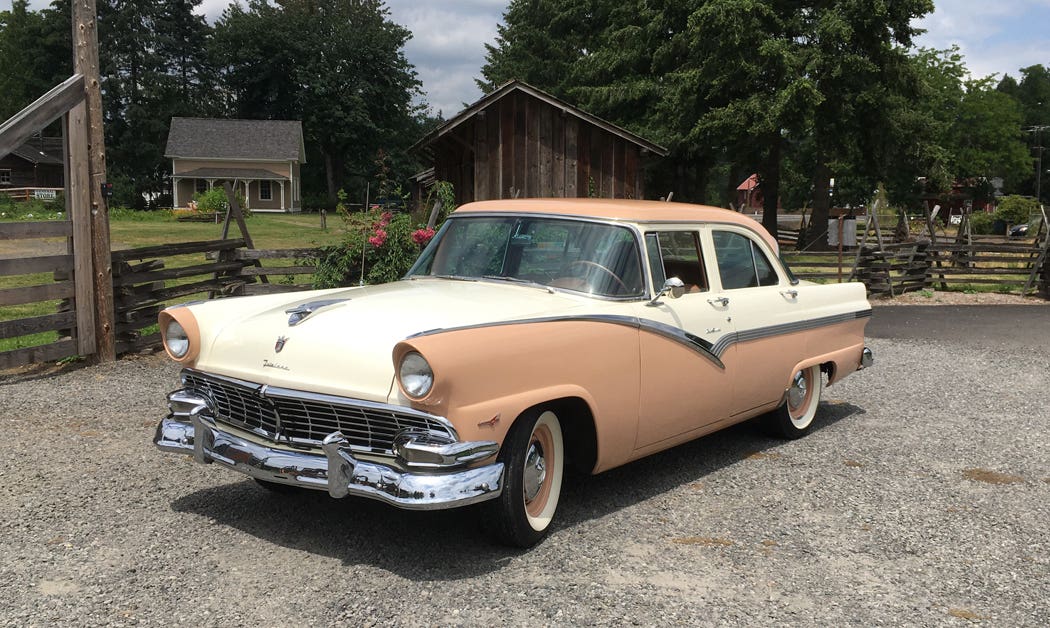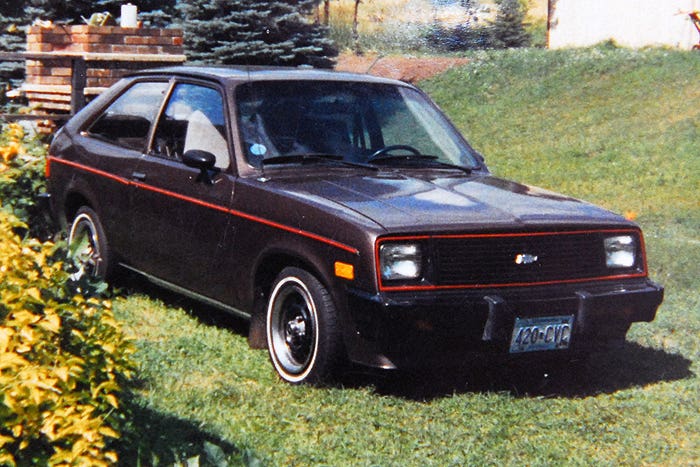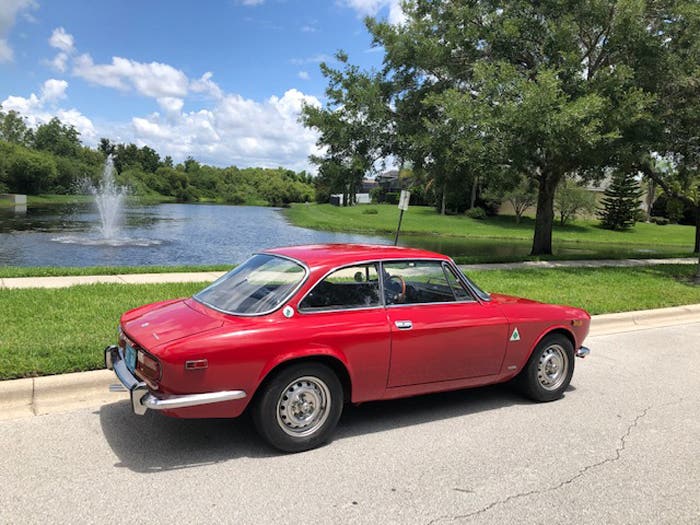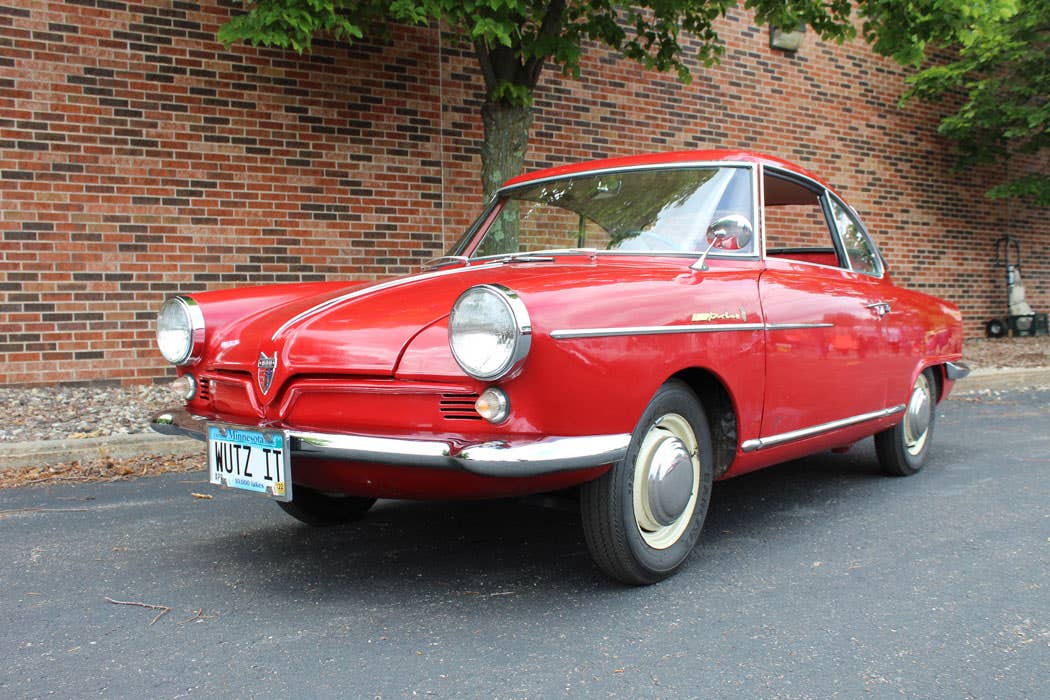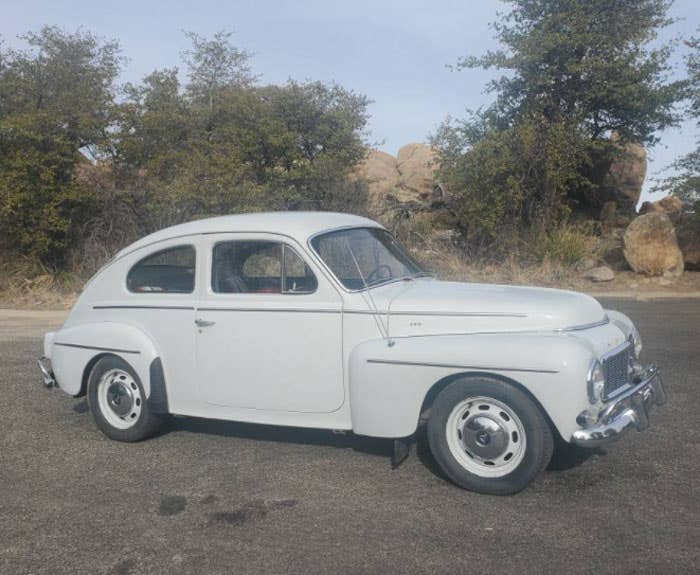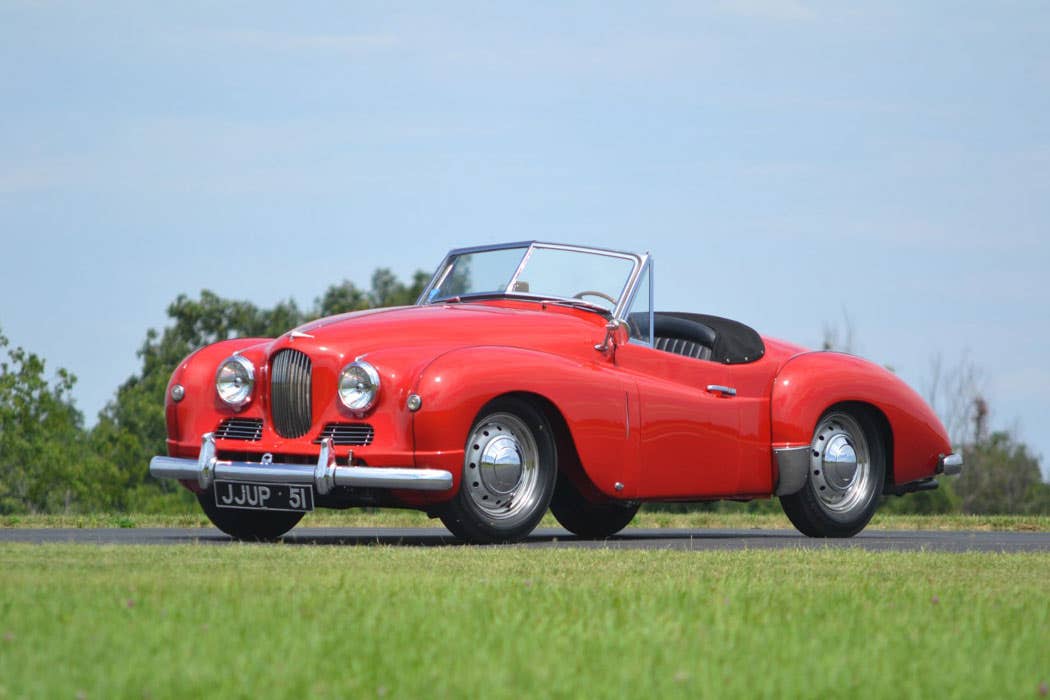Hip to be Square: The 1958-1960 Ford Thunderbird
In spite of the occasional negative comments and the disappointment that the sporty two-passenger ’Bird was gone, there is no question that the ’58 Thunderbird was a huge success. This car created a whole new type of automobile, the “personal luxury” coupe.
This “Motor City Milestone” column continues the Thunderbird saga we began in the previous column. Today, we look at the second-generation T-Bird, the 1958, ’59 and ’60 models, often called “Squarebirds.” As we noted last time, the 1955-’57 two-passenger Thunderbird could well have evolved into a serious sports/high-performance car, as did its rival the Chevrolet Corvette. But the Thunderbird took a different turn. Here is how it happened.
When the original two-passenger T-Bird was just getting into production, there was a change of leadership at the Ford Division. Robert McNamara was appointed general manager in January 1955. McNamara was a brilliant executive and was one of the “whiz kids” brought in after World War II by Henry Ford II to save the Ford Motor Co. He went on to become U.S. Secretary of Defense in the Kennedy and Johnson administrations.
The coupe shown here illustrates the 1959 grille and side trim. The 1958 grille was a screen perforated with small round holes.
By March 1955, McNamara and the Ford Division managers made the decision that the next-generation Thunderbird would have room for four passengers. There were strong efforts within Ford to reverse that decision, because the two-passenger T-Bird was selling much better than expected. But McNamara was not really a “car guy.” His forte was finance, and he was looking for higher sales volume than he thought a two-passenger car could deliver.
McNamara was responsible for the Ford Falcon introduced in 1960. In many ways, the original Falcon was McNamara’s idea of a dream car: very plain and simple to build, and small and economical to own, but not very exciting.
This profile view of a 1960 Thunderbird coupe shows where the nickname “Squarebird” came from.
The result was an entirely new Thunderbird design introduced in January 1958. It was built with a unitized body in a new plant at Wixom, Mich., on the same production line as the 1958 Lincolns, which also used unitized bodies for the first time. To accommodate a rear seat, wheelbase grew from 102 inches to 113, and overall length went from 181 inches to 205 inches. Interestingly, the new car was only one inch higher than the ’57 T-Bird, because unit construction permitted more efficient space utilization. Weight went up from 3,134 lbs. to 3,870 lbs. in the coupe and 3,895 lbs. in the convertible.
Styling remains somewhat controversial, even today. Remember, this was the time of tailfins, wrap-around windshields and super low designs with lots of influence from rocket ships and jet engines. So, the rear had four large, round tail lamps inspired by jet exhausts, and the sides had a mix of projectile-like shapes capped by small tailfins on top of the rear fenders. Road & Track magazine criticized all of these “unrelated curves, bulges and sharp edges.” The windshield wrapped so far around the corner, it was difficult for passengers to get their knees past it.
Standard engine was a 352-cid V-8 developing 300 bhp with an optional 430-cid Lincoln engine rated at 375 bhp available in 1958. The 430-cid V-8 was then down-rated to 350 bhp in 1959 and 1960. Throughout the production run of these ’Birds, three transmission choices were offered: manual three-speed, overdrive or Cruise-O-Matic torque converter automatic. There were ball joints in front and a rear trailing-arm suspension supported by coil springs. This setup was intended for use with air suspension, which was expected to be the next big thing. But air springs worked poorly in practice and were quickly abandoned by all manufacturers. In 1959, the Thunderbird went back to elliptical leaf springs.
The convertible top on these Thunderbirds stored itself in the trunk, leaving an unbroken expanse of deck right up to the rear seat. This is a 1960 model and shows the revised grille.
Booming sales quickly showed McNamara that he had made the right decision. The best sales year for the two-passenger ’Bird was 1957 with 21,380 built. That was quickly eclipsed by the 1958 sales of 37,392 cars. Of these, 2,134 were convertibles, which had been introduced late in the 1958 model run. For 1959, sales grew to 67,456 cars (10,261 convertibles) and for 1960 soared to 92,843 cars (11,860 convertibles). It would be 16 years before Thunderbird would break that record.
Car magazine road tests of the new Thunderbirds found the steering slow and numb, and body roll in turns and directional stability distinctly non-sports car. But the 50/50 weight distribution helped, and the power and acceleration was impressive. This type of handling was par for the course in 1958.
In spite of the occasional negative comments and the disappointment that the sporty two-passenger ’Bird was gone, there is no question that the ’58 Thunderbird was a huge success. This car created a whole new type of automobile, the “personal luxury” coupe. This new style was eventually emulated by virtually every other volume car builder. The definition of the new car type was established by the ’58 Thunderbird. They are smaller than a full-sized and medium- or high-priced sedan. These cars have a back seat, but only seat four, not five or six people. There are bucket seats in front. Upholstery, trim, amenities and power compare with top-end luxury cars. The aim is to provide intimate, luxurious transport for two couples. This came about, because the ’58 T-Bird pioneered the use of a center console, which divided the passenger compartment and prevented seating room for the fifth and sixth passengers. This resulted from making a virtue out of a necessity. The unit body, not having any frame, required a large driveline tunnel to provide rigidity to the body structure. So Ford designers made it a part of the styling. The split interior theme extended from the dual cockpit dash all the way through the rear deck to the rear bumper. Ever since then, the center console, now usually with gear shift, has been an essential part of every personal luxury-type car.
Another styling innovation of the 1958 Thunderbird also became very influential. This was the use of wide “C” pillars at the rear corners of the cabin. It was inspired by the closed corners of the two-passenger T-Bird hardtop. Bear in mind that virtually all car designs in the late 1950s were a veritable sea of glass, especially around the rear of the body. The Thunderbird design brought back a sense of privacy to back seat occupants. This design innovation was so appealing to the public that Ford introduced the same roof style in mid 1959 on the full-size Ford Galaxies. Rear seat passengers were tired of cooking under all the rear glass in GM and Chrysler cars. The Galaxie line was so successful that Ford virtually tied Chevrolet in sales for 1959, something that did not often happen. Indeed, the 1958 Thunderbird was truly a design trailblazer.



